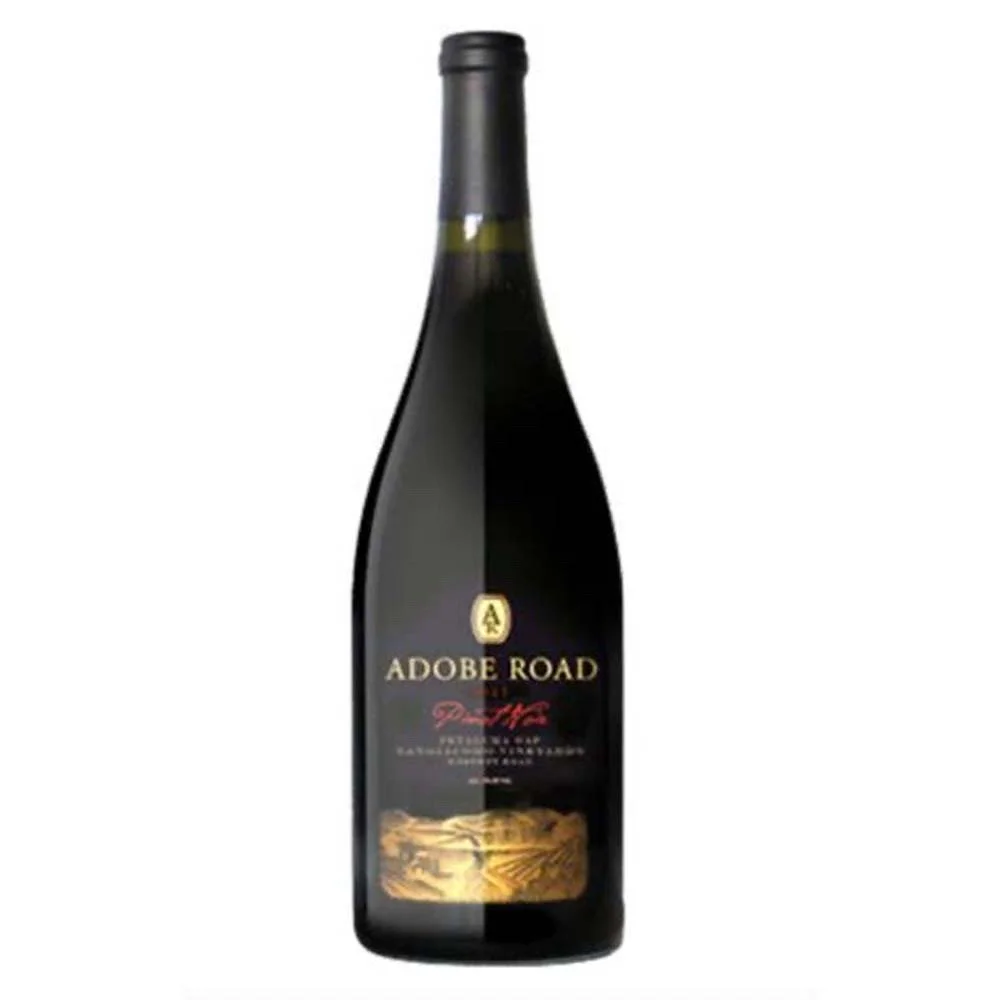PINOT NOIR
Elegant, Expressive, And Endlessly Nuanced
Pinot Noir is one of the world’s most revered red grapes, known for its light body, silky texture, and complex aromatics. It’s famously temperamental in the vineyard, but when grown in the right conditions, it produces wines of remarkable beauty, finesse, and emotional pull. From Burgundy to California to New Zealand, Pinot Noir speaks in the voice of its terroir—always graceful, never overpowering.
Key Characteristics
Pinot Noir is light to medium-bodied with soft tannins and vibrant acidity. Its flavors are delicate but layered, often evolving with time in the glass and in the bottle.
Style
Still, red (also used in rosé and sparkling wines)
Body
Light to medium
Acidity
High
Primary Grapes
Pinot Noir
Typical Flavors
Cherry, raspberry, cranberry, rose petal, mushroom, forest floor, black tea
Origin & History
Pinot Noir originated in Burgundy, France, where it has been cultivated for over a thousand years. The grape’s sensitivity to climate and soil led to the concept of terroir, now foundational in wine culture. Though difficult to grow, Pinot has expanded to cooler regions around the world and become a favorite among producers and drinkers alike—especially for its ability to convey place with transparency and elegance.
How It’s Made
Pinot Noir is usually fermented in open-top tanks with gentle extraction to preserve its delicate structure. It’s often aged in French oak barrels (some new, some used) to add subtle spice and texture. Minimal intervention in the cellar is common, allowing the grape’s nuance to shine through.
Notable Regions
Pinot Noir thrives in cooler climates, where its acidity is preserved and its aromatic profile is most expressive.
France
Burgundy
Côte d’Or
The benchmark: ethereal, age-worthy, and profoundly terroir-driven
United States
California
Sonoma, Santa Barbara, Anderson Valley
Ripe and fruit-forward, with cherry and spice notes
United States
Oregon
Willamette Valley
Balanced and elegant with red fruit, earth, and fresh acidity
New Zealand
Central Otago & Marlborough
Vibrant, pure-fruited styles with floral lift and structure
Germany
Baden & Pfalz
As Spätburgunder
Light-bodied with cherry and spice; increasingly refined and sought-after
Food Pairings
Pinot Noir’s high acidity and subtle tannins make it extremely food-friendly—especially with earthy or savory flavors.
Appetizers
Duck pâté, mushroom bruschetta, beet salad
Meats
Roast chicken, duck breast, pork tenderloin
Cheeses
Brie, Gruyère, goat cheese
Vegetarian
Mushroom risotto, lentil stew, roasted squash
How to Serve It
Glassware
Large Burgundy glass to highlight aroma and elegance
Temperature
55–60°F (13–16°C)
Storage
Store on its side in a cool, dark place; many fine Pinot Noirs improve with age
Fun Fact
Pinot Noir has one of the most genetically unstable DNA profiles of any grape, which is why it has so many mutations—including Pinot Gris and Pinot Blanc.
Try This If You Like
Nebbiolo
for a more structured option
Recommended Producers
These houses exemplify the diversity and craftsmanship of Pinot Noir across classic and emerging regions.
Adobe Road
A boutique California winery producing expressive, site-specific Pinots like the elegant Sangiacomo Vineyard bottling.
Averaen
A value-driven Oregon producer known for bright, balanced Pinot Noir that captures the spirit of the Willamette Valley.
Arnaud Baillot
A rising Burgundian talent crafting precise, terroir-reflective wines from esteemed villages like Nuits-Saint-Georges.
Evening Land
A benchmark Oregon estate focused on organic farming and nuanced, vineyard-driven Pinot from the iconic Seven Springs Vineyard.
Recommended Pours
Adobe Road Petaluma Gap Sangiacomo Vineyard Pinot Noir 2018 — A coastal California Pinot with bright red fruit, floral notes, and a touch of savory spice.
Averaen - Pinot Noir Willamette Valley 2021 — A vibrant and expressive Oregon Pinot balancing ripe cherry, earth, and fresh acidity.
Arnaud Baillot - Nuits St Georges 2021 — A structured and elegant Burgundy with dark berry, forest floor, and fine-grained tannins.
Evening Land - Pinot Noir Seven Springs Estate 2022 — A polished, terroir-driven Pinot from Oregon’s Eola-Amity Hills, with red fruit purity and mineral finesse.





